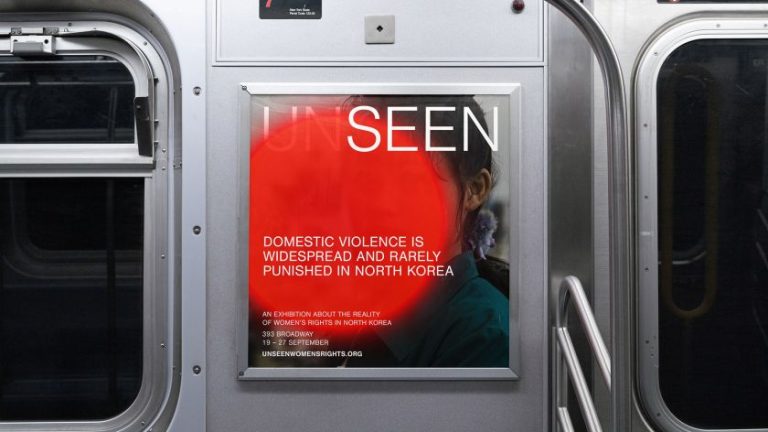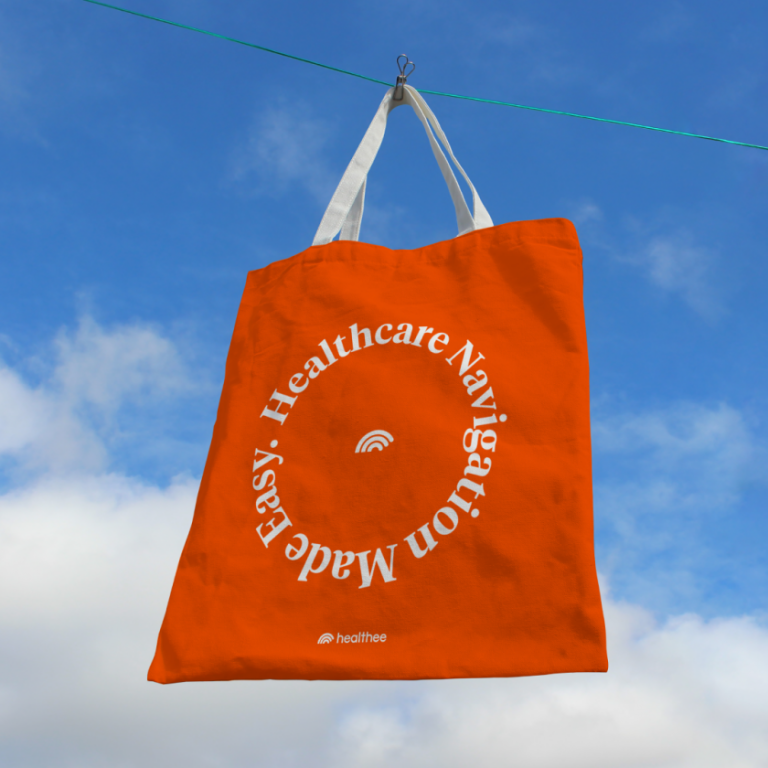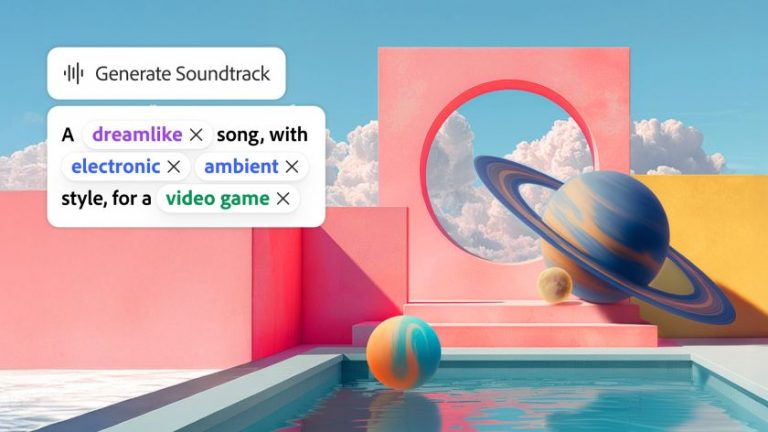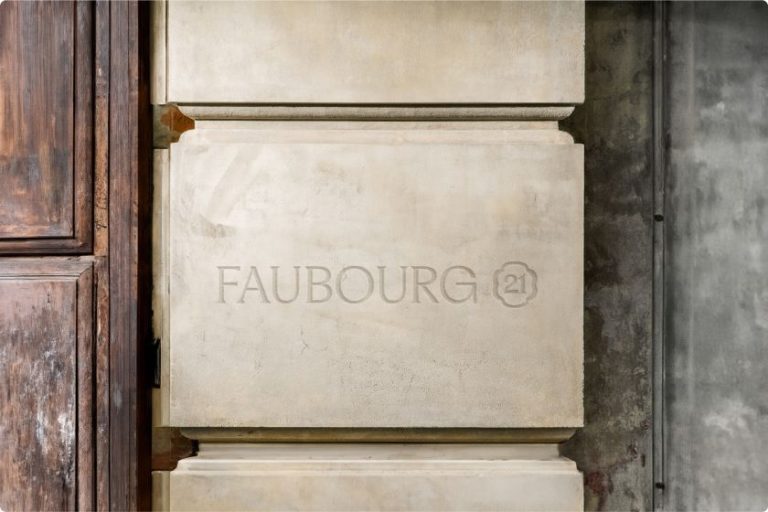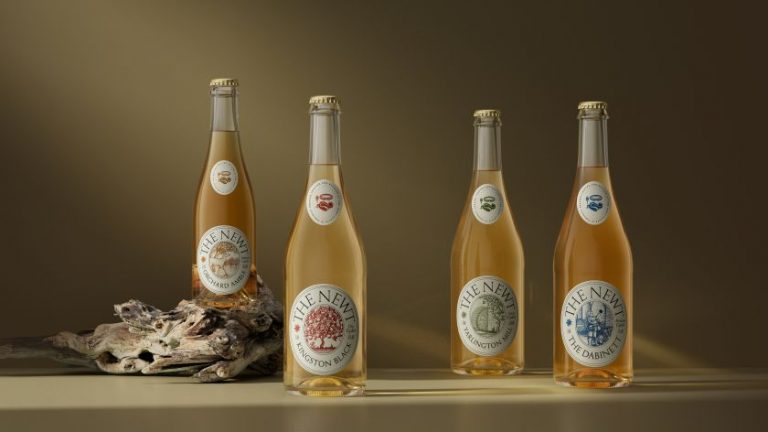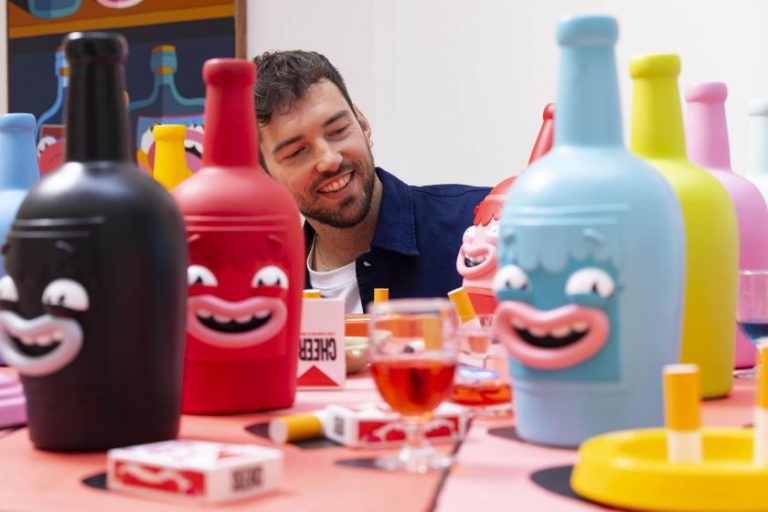FT Scenik
Unleash your creativity with June’s innovative fonts, from versatile workhorses to bold experimentations and cultural inspirations.
Feeling like trying something new? Us too. It’s the kind of spirit that often takes over when summer hits, the weather improves, everyone gets outside, and you start to think: let’s shake things up a little. And one of the best ways to do that as a designer is to start experimenting with new typefaces.
To help kickstart that effort, every few months, we pull together an exciting array of fonts that cater to diverse design needs, from refined text settings to playful experiments in typographic creativity. And while our April roundup of the latest new fonts is still very much worth a look, we’ve had a further flurry of new releases since. So here we go again…
These new typefaces for June showcase the ongoing innovation that leading type designers are known for, and all push the boundaries of type design to offer fresh, versatile solutions. In particular, this month, we’re seeing a heady blend of technical sophistication, generative creativity and cultural inspiration.
In short, these fonts bring something unique to the table, whether you’re looking for traditional elegance, experimental creativity or modern versatility. So dive into the latest offerings, and we hope you find the perfect font to elevate your design projects this June.
Ravenscar
The latest typeface from Jeremy Tankard, Ravenscar, is an old-face slab serif. It’s been principally designed for typographers to craft extended text, book design, and publishing detail.
There are four optical sizes: Text, Large Text, Display and Fine. The Text fonts are low in contrast, whilst the Display variants show a higher degree of stroke difference. This increases in the Fine fonts, which owe more to mannered lettering with tighter proportions and sharper detailing; useful for short text at large sizes.
Various ideas were incorporated across the design to allow for an optical range of fonts for text setting and a much finer design for very large use. This finer cut also benefits from an Extra Lightweight. The italic, meanwhile, was developed as an independent style along a more cursive route, combining softer flowing script elements in many capital letters with an energetic and dynamic lowercase.
Ravenscar
Ravenscar
Along with standard pair kerning, Ravenscar incorporates an extra level of contextual spacing. This applies a range of adjustments to the standard word space in order to amend visually inconsistent gaps and balance the line of set text.
Krata
Designed by Rémi Forte, Krata takes a generative approach to type design. Located at the junction of design and programming, the typeface follows a minimalist and radical logic. Inspired by Karl Gerstner’s Designing Programmes and Metafont by Donald Knuth, it reinterprets a dynamic approach to type design, where glyphs’ contours are considered a flexible physical envelope placed over a framework.
Comprising only capital letters, Krata is a variable titling font. Its weight axis makes maximum use of type design restrictions. The interpolation from the Thin to Black styles evolves the stroke from the thinnest to the thickest possible, flirting with the limits of legibility.
Krata
To create it, Rémi developed a program in Python which applies a pattern of horizontal or vertical lines to a glyph according to an elementary frame placed on a grid. These creative restrictions delineate formal possibilities and can be a source of inventiveness for designers.
FT Scenik
Who doesn’t love a day out at the seaside? And FT Scenik harnessed that feeling by taking its inspiration from the modernist typography of Margate, a coastal town in southeast England. Drawing on influences from the 1930s to the present day, this lovely font merges heritage and contemporary design features to create a versatile type family.
Blending classic British style with modern playfulness, the design concept draws from iconic elements like the Dreamland amusement park facade and the contemporary aesthetics of current shops and venues in the town. FT Scenik captures Margate’s diverse styles through four variable axes: Width, Weight, Slant, and Ascenders.
The letterforms are designed with tapered intersections to prevent dark spots in tight corners, and flaring stems to balance the strokes. You also get OpenType features such as style sets, case-sensitive forms and tabular figures.
FT Scenik
FT Scenik
Cleverly, the typeface brings the dots inside the characters, allowing accents to be used in word marks and headlines without affecting tight set leading. It’s a smart way of demonstrating how letterforms can be unconventionally structured while maintaining readability in a writing system.
The OpenType internal dot feature can be accessed via an alternate style set. Internal dots are provided in the family’s standard and text cuts. More broadly, the typeface offers an extensive array of options, including 142 styles, 13 weights, and three families. It’s also available in a variable font format.
Sharp Earth
Sharp Earth is an expressive, show-horse sans-serif with expansive workhorse utility. Conceived as a full-fledged multi-script family, the typeface is an amalgamation of geometric construction and Grotesk proportion. The largest multi-script sans-serif to date from Sharp Type, its design was spearheaded by Lucas Sharp and drawn in collaboration with a team of local experts from around the globe.
While the virtually monolinear features and distinctive detailing unify the different scripts within a single collection, each has been designed to function as a standalone typeface. The family covers nearly every Latinised language script on Earth (a character set they call ‘OmniLatin’), in addition to Greek, Cyrillic, Arabic, Thai, Devanagari and Japanese.
Sharp Earth
Sharp Earth
Sharp Earth
By the nature of its development and the particulars of its design, Sharp Earth doesn’t neatly exist within a single sub-genre of the sans-serif pantheon. Rather, it brings together core aspects of the genre’s styles to emphasise utility, neutrality, and warmth. These qualities sit in beautiful tension with the characteristic flair that has become a trademark of Lucas’ sans-serifs.
Mynor-B
Mynor-B is the latest typeface from The Northern Block, an independent type foundry based in northeast England. It has quite a story behind it. The short version is that they ripped apart the original Mynor (a 1950s-inspired geometric typeface they designed in 2019) and “applied Japanese jazz-inspired repair surgery,” as you do.
Its successor is a more humanist, expressive and readable typeface, particularly in longer text passages. Mynor-B sits somewhere between distortion and perfection, celebrating and platforming imperfection without losing function, even when Mynor-B is applied to long-form text. In the words of type designer Jonathan Hill: “It’s a free-solo climb of experimental sans”.
Mynor-B
Mynor-B
Mynor-B
Newsam
Evan Deterling is a creative director and art director currently working between New York and Berlin. His typeface designs are grounded in his own editorial needs, and one of them was for a distinctly modern and refined sans-serif residing between the formal rigidity of the neo-grotesques such as Helvetica and the more recent crop of humanist creations.
Newsam addresses this need and injects a new personality into the International Style. The strokes terminate at more relaxed angles, the apertures are more open, the italics are true italics, and the heads and spurs lend a jaunty forward cant. But the formality is preserved, and the feel is never frivolous.
Ultimately, this font offers a wide range of customisation and stylistic flexibility. Punctuation and diacritics are convertible between round and square forms, and a number of alternate figures provide it with multiple typographic voices. Newsam supports over 200 Latin-based alphabets and a range of symbols, tablature forms, and automated fractions.
Newsam
Newsam
Newsam
Poly Mono
Poly Mono is a streamlined, colourful font composed entirely of shapes. It was created by Miami-based designer and creative director Andrew Bellamy of Otherwhere Collective, who describes it as “the world’s first mega-ligature multi-colour geometric shape game font”.
It was inspired by eight-bit video games, the prints of Dutch graphic designer Karel Martens, and the cover of his book Printed Matter. The design evolves the font Prixel Mono, which the collective developed with and for a modular printmaking system called Prixel Press.
This innovative font assigns each key a shape rather than a letter. Repeatedly typing the same key cycles through different colours and rotations of that shape. Changing keys, meanwhile, move to the next perfectly tiled shape. The period and comma keys, in turn, freeze a shape in place so it can be repeated consecutively next to itself, while the space bar skips a block to leave a gap. These unpredictable colour and rotation changes encourage designers to be playful and instinctive rather than coldly logical.
Poly Mono
Poly Mono
And that’s not all. Poly Mono uses what Andrew calls “mega-ligatures”. These push the boundaries of traditional ligatures, which normally combine only two to three characters into one glyph (e.g. fi, ffi). Mega-ligatures, however, can join up to eight instances of the same character. Instead of creating a new combined glyph, they modify the existing character by rotating it and changing its colour.
In other words, while a normal ligature just combines separate letters, a mega-ligature enables major metamorphosis of a single character shape through rotation, colour changes and repetition.

